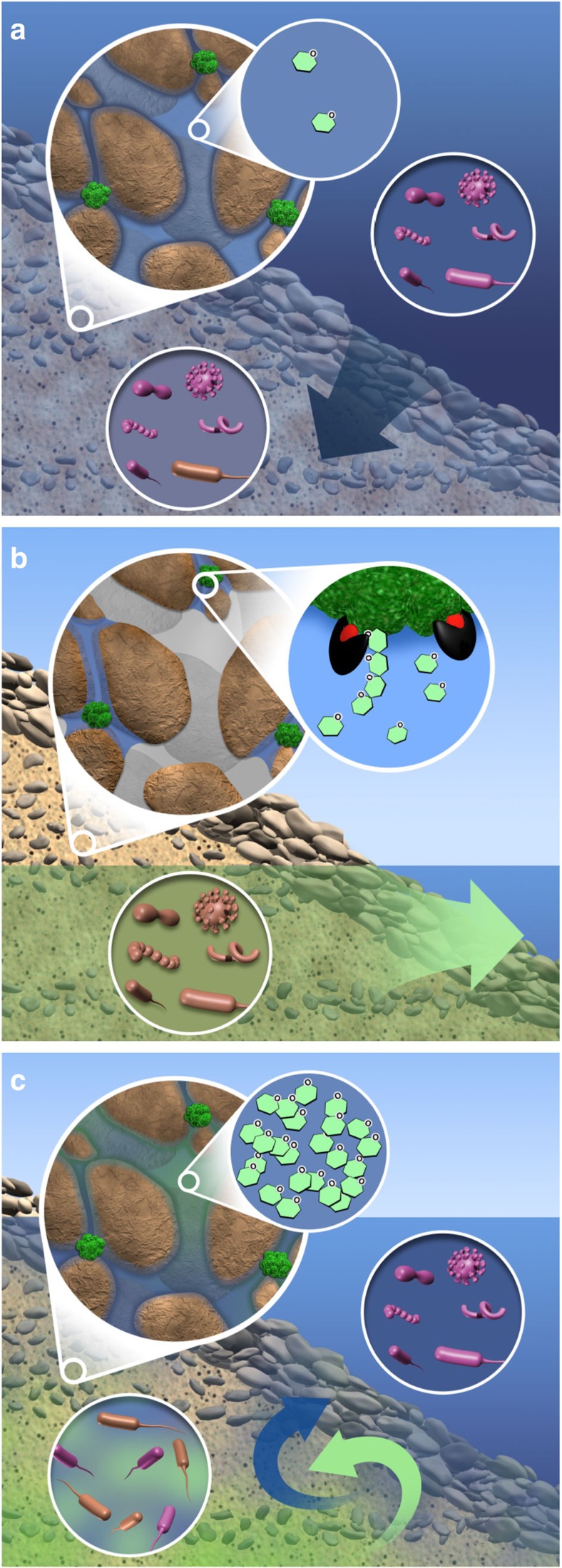Figure 8. Conceptual depiction of hypothesized dynamics in the hyporheic zone driven by changes in river stage.
(a) At high stage, the hyporheic zone is inundated with river water (dark blue arrow). Unattached microbial communities in the river and hyporheic zone are governed by stochastic ecological processes whereby a broad range of microbial taxa are present (visualized as different cell shapes); purple and brown cells represent river-derived and groundwater-derived microbial taxa, respectively. Well-connected pore channels and active microbial communities limit the accumulation of labile organic carbon (visualized as saccharide molecules) in pore channels. (b) At low river stage, the hyporheic zone is dominated by groundwater discharge (green arrow) and unattached microbial communities are governed by stochastic ecological processes. Large interconnected pores drain—but smaller pores do not—following the decline in river stage. Extracellular enzymes (black and red) continue to degrade POC into labile organic carbon; however, owing to unsaturated conditions, highly tortuous paths with long diffusion times delay the transport of labile carbon to microbial cells. The result is accumulation of labile carbon within microsites and along tortuous paths. (c) A rise in river stage causes groundwater–surface water mixing that leads to deterministic ecological processes that select for microbial taxa with particular ecological traits (indicated by a single cell shape in the hyporheic zone). The re-saturation of sediments disperses accumulated labile carbon into large pores, thereby decreasing transport times to microbial cells and, in turn, stimulating heterotrophic respiration.

